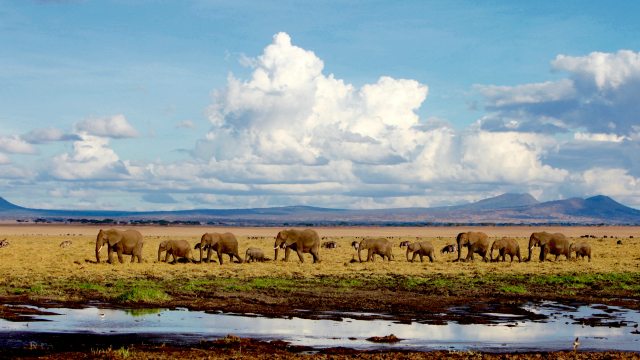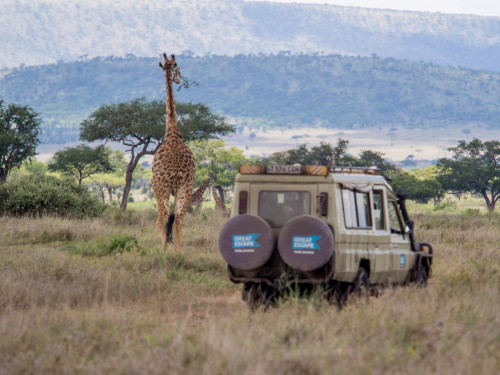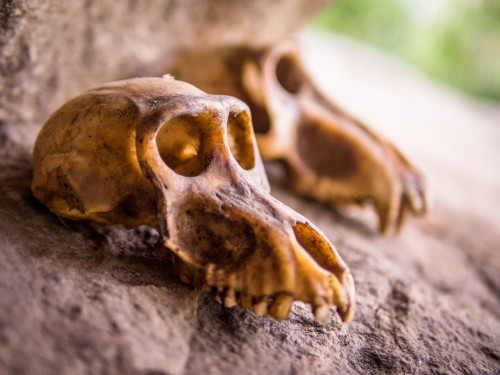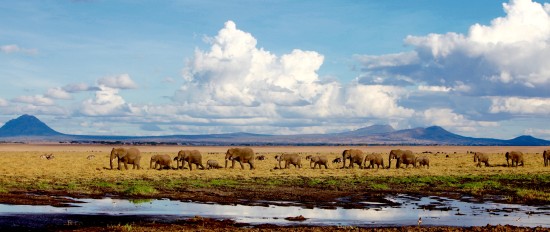The Masaai giraffe is the tallest land mammal in the world.
Next to our jeeps in Tanzania, you would look out the window and see nothing but legs. His legs don’t end until they reach nearly the top of our vehicle.
Yesterday I gave you a good rule of thumb for on-the-go shooting (animals or otherwise)…
Low f-stop numbers give you a nice blurred background (Joe and Kristen say they typically hang out around f5.6).
But when there’s a lot going on and you need to be sure you’re getting your subject in focus despite nearby distractions like tree branches, lion noses, and zebra heads, you can set your camera to f8 and “be there.”
Today let’s talk more about that.
F-stops: The quick and dirty. F-stops control the size of the aperture — or the opening — in your lens. It’s a lot like the pupil of your eye. The size of the opening controls how much light gets into your camera and recorded on your sensor.
Controlling that opening allows you to control the amount of blur in your image, too. Not motion blur. Not camera shake blur. But the nice soft blur you’re used to seeing in professional-quality photographs.
Low f-stop numbers can blur a background nicely. But not just the background. Super-low f-stops can blur things less than an index finger away.
Take a look at this baboon skull…
This was shot at f1.4. It’s sharp right between the eyes and on the top of the head but the teeth at the bottom are blurred just a few inches away.
In comparison to this shot taken at f11 where the elephants are in focus and so are the mountains in the background miles away…
So how can you remember which f-stop setting to use, when?
A good strategy is to think about the number of things you want in focus in your photo. One baboon skull: F1. 22 elephants: f22.
It’s not exact, of course. It’s just a way of remembering.
Like I said yesterday, Joe and Kristen hung out most of this trip on f5.6. They switched to f8 when things got tricky (leopards in a tree, lions in a pile) and then to f11 or f16 when they wanted a nice landscape.
If this has been helpful, please comment below.
Travel Photography Resources
5 Dos and 2 Don’ts for Travel Photography
Take Great Photos And Get Paid More For Your Travel Articles
Turning a Photography Hobby into a Monthly Income
The Pros Of Selling Your Images As Stock Photography
16 Mobile Photography Tips And Tricks Every Photographer Should Know





